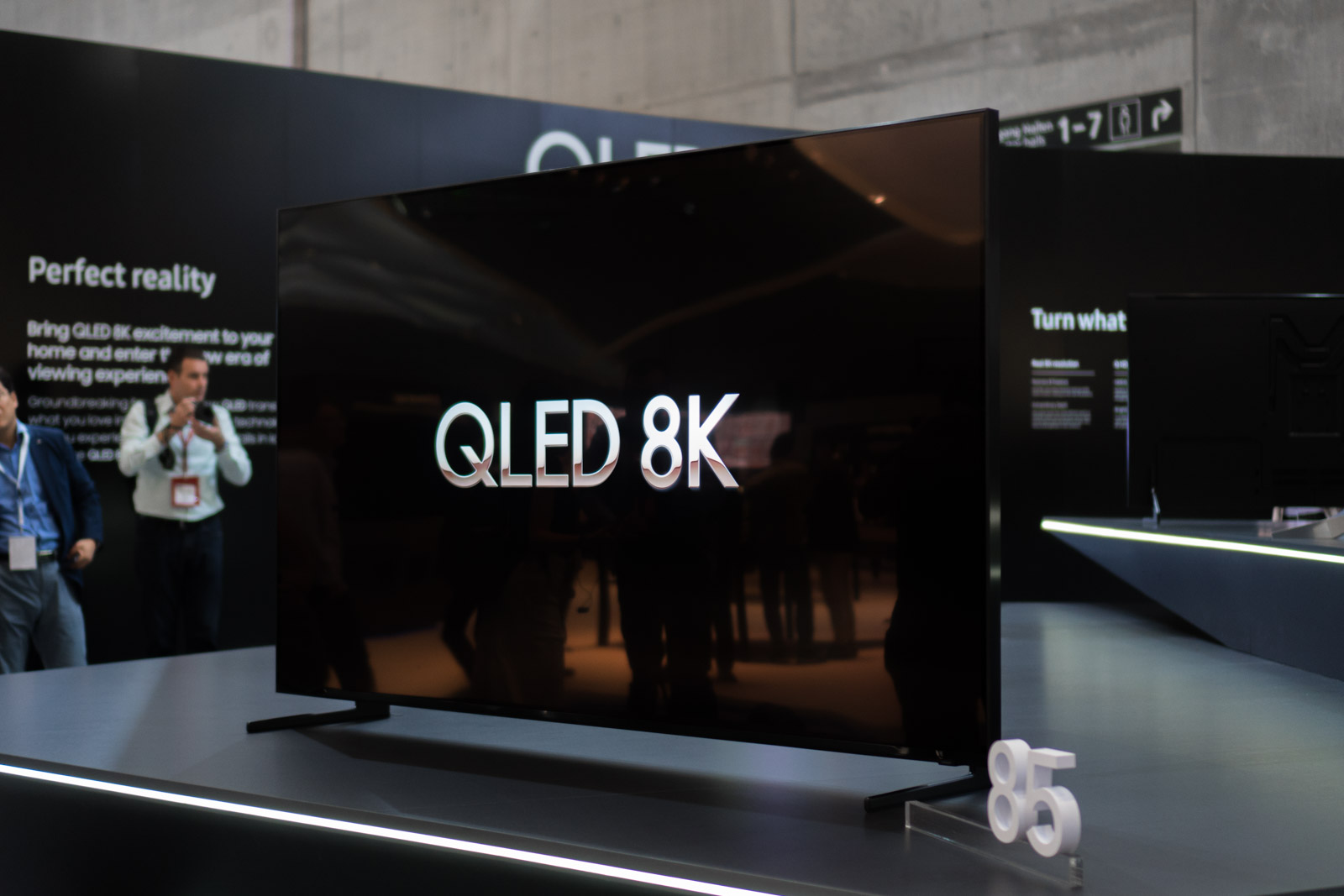The new H.266 VVC codec is the successor to HEVC. It is to reduce the video size by half

Remember the VVC abbreviation. This is a new video codec that heralds a new era in streaming movies. VVC / H.266 will replace the HEVC / H.265 standard
Fraunhofer HHI, working with such tech world leaders as Apple, Intel, Huawei, Microsoft, Qualcomm or Sony, has announced the introduction of a new video codec. VVC, also known as H.266, will eventually replace the well-known HEVC / H.265 standard, as well as its predecessor, H.264.
It will be comprehensive. VVC is Versatile Video Coding.
The HEVC name from the previous standard was an abbreviation of High Efficiency Video Coding. The new variant focuses on versatility, but it does not sacrifice performance. In the case of VVC, an image with the same quality as in HEVC will require twice the bitrate.
This is best illustrated by an example. Let's say a full-length 4K movie in good quality takes 10 GB using the H.265 codec. After switching to H.266, the movie size will be reduced to 5 GB while maintaining the same quality.
This is a huge achievement that will affect content in every available quality, from SD, through Full HD and 4K, up to 8K. In addition, VVC has been designed to support HDR content as well as 360-degree video.
More compression is undoubtedly needed. Currently, video streaming at peak times is responsible for 80 percent. Internet traffic, and more and more people are expecting 4K and HDR content. The 8K era is about to begin, so without the new codecs we would again be seeing a huge increase in the size of video files.
The previous H.264 and H.265 standards currently account for 90 percent. video content. The new H.266 will eventually replace them, although your processor is not ready.
As many as 10 billion devices worldwide currently use the H.264 and H.265 video coding standard. However, we know how to play H.265 content in practice. Higher codec performance places greater demands on the processor. Still, not every equipment is able to smoothly play movies in H.265, let alone mount such files and export movies to this format.
H.266 will meet similar problems. According to Fraunhofer HHI, new processors for H.266 support - including mobile processors - are under development. Therefore, it will be a long time before the VVC / H.265 codec can become popular, but it is the future that will finally come.
However, there is no reason to rush. Such technological exchange is a natural course of things. After all, before we need Netflix in 8K, a lot of time will pass, because only a few are investing in 8K TVs for now. In the meantime, we can handle 4K using existing, well-known codecs.
The new H.266 VVC codec is the successor to HEVC. It is to reduce the video size by half
Comments
Post a Comment